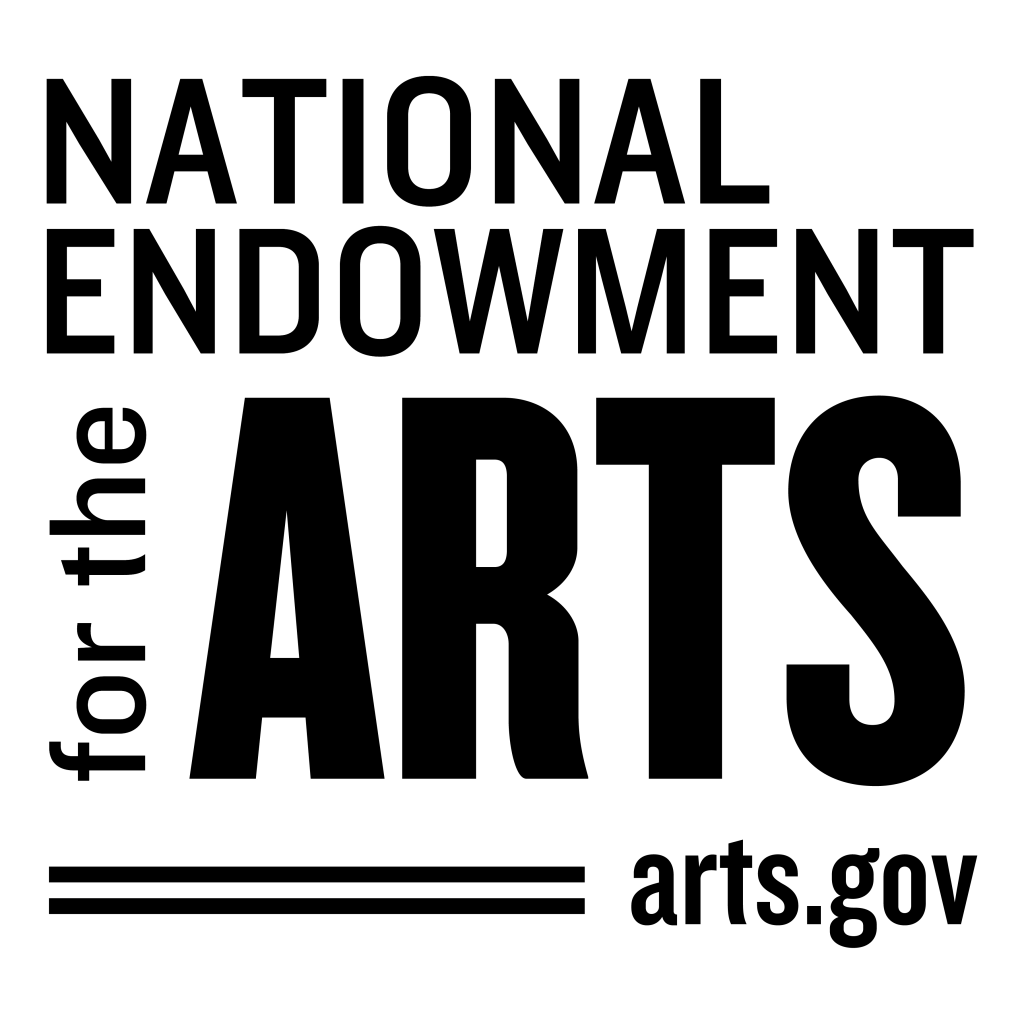Sheryl Oringäó»s unusually well-written artist website says she äóìexamines critical social issues through projects that incorporate old and new media to tell stories, examine public opinion and foster open exchange. Using tools typically employed by journalists (the camera, the typewriter, the pen, the interview and the archive) she builds on experience in her former profession to create installations, performances, artist books and internet-based works.__äó
Oring is in Tampa and St. Petersburg this month for a series of workshops and talks while working on her new regional narrative aluminum installation piece Greetings from Tampa Bayæfor the Tampa International Airport. Through the work, travelers get a sense of the community in the area, by reading their words and seeing their pictures. She lives and works as an assistant art professor in Greensboro, North Carolina.

Her assistant James said Tampa was impressed with her project she did at the San Diego airport and now she has designed a piece for Tampa. Oringæasks people what they love about Tampa and gets their stories of why theyäó»ve come, why theyäó»ve stayed or what itäó»s like to be from here. She finishes with a polaroid picture of them, which is optional.
Do you want to be a part of her Voices of the Region project set to go up September 2017 at the Tampa airport?
She has already completed one typing session at the Ybor City State Museum on March 9. There are two more chances to share your stories for the airport project. You can find her on Friday March 31st from 6-8 p.m. at GASP! The Gasparilla Fringe Festival, Tampa Museum of Art and on Saturdayæ April 1æfrom 1-4 p.m. at the Museum of Fine Arts in St. Petersburg.
Meanwhile, her social practice art project I Wish To Say (well-documented on Instagram) in which sheäó»s been typing out postcard messages from everyday people to the sitting president since 2004, is beingæfeatured aæFriday evening at the Print Shop in Gulfport at 4903 8th Ave South. Oringæsits at a typewriter with about 12 people gathered to hear her talk, surrounded by printing presses and block letters and hanging prints, at a table with her published books, some forms, a few chairs. Some people areæstanding. She isæhere to type postcards to send to the White House.

äóìDo I have anyone who would like to dictate a letter to the president?äó she asksæthe room
Silence. Looking around. Bridget Elmer, co-owner of St. Pete Print, suggests everyone shake loose, explore the print shop and talk while allowing people the option for one-on-one time with Sheryl, instead of having the person dictate a letter in front of everyone.
Thatäó»s why the project works well in public spaces äóñ there is no pressure to turn your opinion into an acceptable soundbite in front of judging ears. Real listening is a huge part of this project Sheryl has kept going since 2004, when president George W. Bush was in office. Today, she says, people are more emotional than ever before in their postcards to the president. The postcards are stamped and addressed to the White House.
I meet a printing press enthusiast and journalist named Carl and we joke about how this project should temporarily relocate to Twitter so Trump can read them.
She began I Wish To Say after a nonprofit called The First Amendment Project invited her to come to Oakland and design a social practice project after they saw her project Writeräó»s Block, in which she collected typewriters and put them in metal cages.
Sheryl is activating democracy. She sits at the table and sells her books to a few people.
äóìI need a grant,äó she says. äóìI lost a lot of money on this project. I never break even äóñ itäó»s a labor of love. It feels like a public service.äó

Someone asks about what happens when kids sit down to dictate a postcard.
äóìIäó»ve recently done it a lot with kids – I have a 3rd grader,äó she said. äóìIäó»m hoping to take this to the schools. I donäó»t anticipate getting public funding, it would be a private funding.”
People have been extra emotional during the project this past year, she said. Someone asks if sheäó»ll type literally anything the person says, no matter what it is.
äóìI only wonäó»t type something if itäó»s a credible threat to the White House,äó is her response.
She noticed the presence of the typist brings out more thoughtful responses, as does the time spent waiting in line. She previously tried the project without a live typist, leaving typewriters out with written instructions, but the responses were not as well thought out.
äóìGetting dressed helps because you assume this character,äó she said. äóìReally listening is a crucial part of the project.äó
She said the process can be emotional for both the sitter and the typist and she said itäó»s important that whoever is typing can keep it together. Wearing red with a put-together professional style from the 1950s helps the typists assume their role as listener and is encouraged by Sheryl for anyone hosting an I Wish To Say session. She outsources the project to people who want to set up an I Wish To Say table of their own. She hopes the project continues to grow beyond her and that one day she is no longer needed for the project to keep producing postcards to the White House.
Sheryl says people have cried at the experience of having someone write down what theyäó»re saying to the president.




